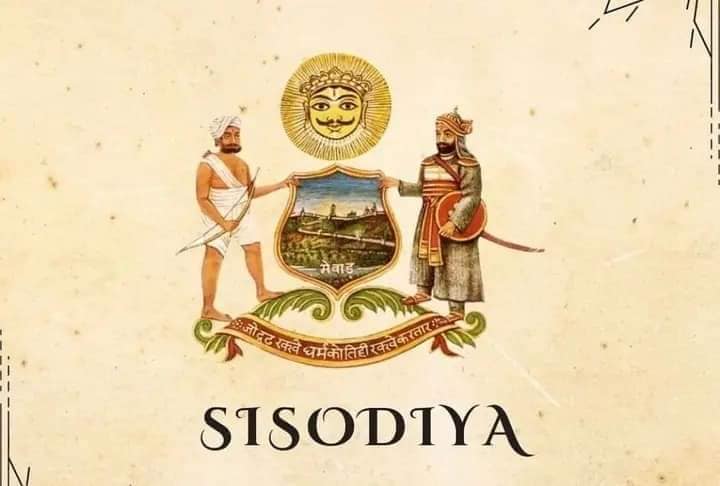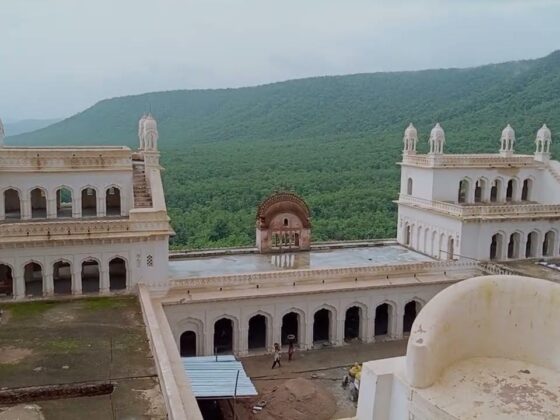Sisodiya Dynasty: The Legacy of Rajput Valor and Resilience

Introduction
The Sisodiya Dynasty is one of the most renowned Rajput lineages in Indian history, famed for its unwavering resistance against Mughal dominance, its commitment to Rajputana pride, and its rich cultural heritage. As rulers of Mewar, they played a crucial role in shaping medieval India’s socio-political landscape. The Sisodiyas trace their ancestry back to Bappa Rawal, the legendary founder of the Mewar kingdom, and are often revered for their sacrifices, battles, and undying commitment to dharma (righteousness).
Origin and Early History
The origins of the Sisodiya Dynasty can be traced to the Guhilot clan, one of the oldest ruling lineages of India. The Guhilots ruled parts of Rajasthan for centuries before evolving into the Sisodiya Rajputs by the 14th century. The name ‘Sisodiya’ was derived from Sisoda, a village in Mewar where the dynasty’s early rulers settled.
One of the earliest notable rulers was Bappa Rawal (8th century CE), a legendary figure credited with laying the foundation of Mewar’s stronghold. His successors continued to expand and consolidate their rule despite challenges from regional powers and foreign invaders.
Major Rulers and Their Contributions
The Sisodiya rulers left an indelible mark on Indian history. Some of the most remarkable kings include:
Maharana Kumbha (1433–1468 CE)
Maharana Kumbha was a visionary ruler and military strategist who fortified Mewar’s defenses by constructing Kumbhalgarh Fort, one of the most formidable forts in India. He also patronized the arts and architecture, leaving behind an architectural legacy that continues to amaze historians.
Maharana Sanga (1508–1528 CE)
Maharana Sangram Singh, popularly known as Maharana Sanga, epitomized Rajput valor. He fought numerous battles, including the famous Battle of Khanwa (1527 CE) against Babur, the founder of the Mughal Empire. Though he lost the battle, his fierce resistance symbolized the Sisodiya spirit of defiance against foreign rule.
Maharana Pratap (1572–1597 CE)
Arguably the most celebrated ruler of the Sisodiya Dynasty, Maharana Pratap is revered for his indomitable courage in resisting Mughal expansion under Emperor Akbar. The Battle of Haldighati (1576 CE) showcased his determination to protect Mewar’s independence. His guerrilla warfare tactics and refusal to bow down to the mighty Mughal Empire made him a Rajput icon.
Maharana Raj Singh I (1652–1680 CE)
Maharana Raj Singh I was another significant figure who opposed Aurangzeb’s oppressive policies and worked towards strengthening Mewar. His reign saw efforts to protect Hindu temples and culture from destruction.
The Sisodiyas and the Mughals
The relationship between the Sisodiya Rajputs and the Mughal Empire was complex. Unlike other Rajput clans who forged matrimonial alliances with the Mughals, the Sisodiyas largely resisted subjugation. This resistance was evident in the prolonged conflicts between Mewar and the Mughals, particularly during the reign of Maharana Pratap. However, later rulers, such as Maharana Amar Singh I, entered into treaties with the Mughals to ensure Mewar’s survival.
Cultural Contributions and Architectural Marvels
Apart from their military prowess, the Sisodiya rulers were great patrons of art, culture, and architecture. Their contributions include:
- Kumbhalgarh Fort – A UNESCO World Heritage Site with the second-longest continuous wall in the world after the Great Wall of China.
- City Palace, Udaipur – A magnificent example of Rajput architecture.
- Chittorgarh Fort – The capital of Mewar before Udaipur, known for its tales of sacrifice and heroism.
- Shilpgram – A cultural heritage village in Udaipur showcasing Rajasthani art and traditions.
The Decline and Legacy
While the Sisodiya Dynasty gradually lost its political dominance with the advent of British rule in India, its legacy endures in the form of traditions, festivals, and Rajput pride. Even today, their descendants continue to preserve and promote Rajasthan’s glorious heritage.
Conclusion
The Sisodiya Dynasty stands as a symbol of unwavering bravery, rich cultural heritage, and undying commitment to independence. Their history is not just a tale of battles and bloodshed but also of resilience, culture, and architectural brilliance. Their legacy remains an inspiration for generations, reminding us of India’s rich and proud past.









